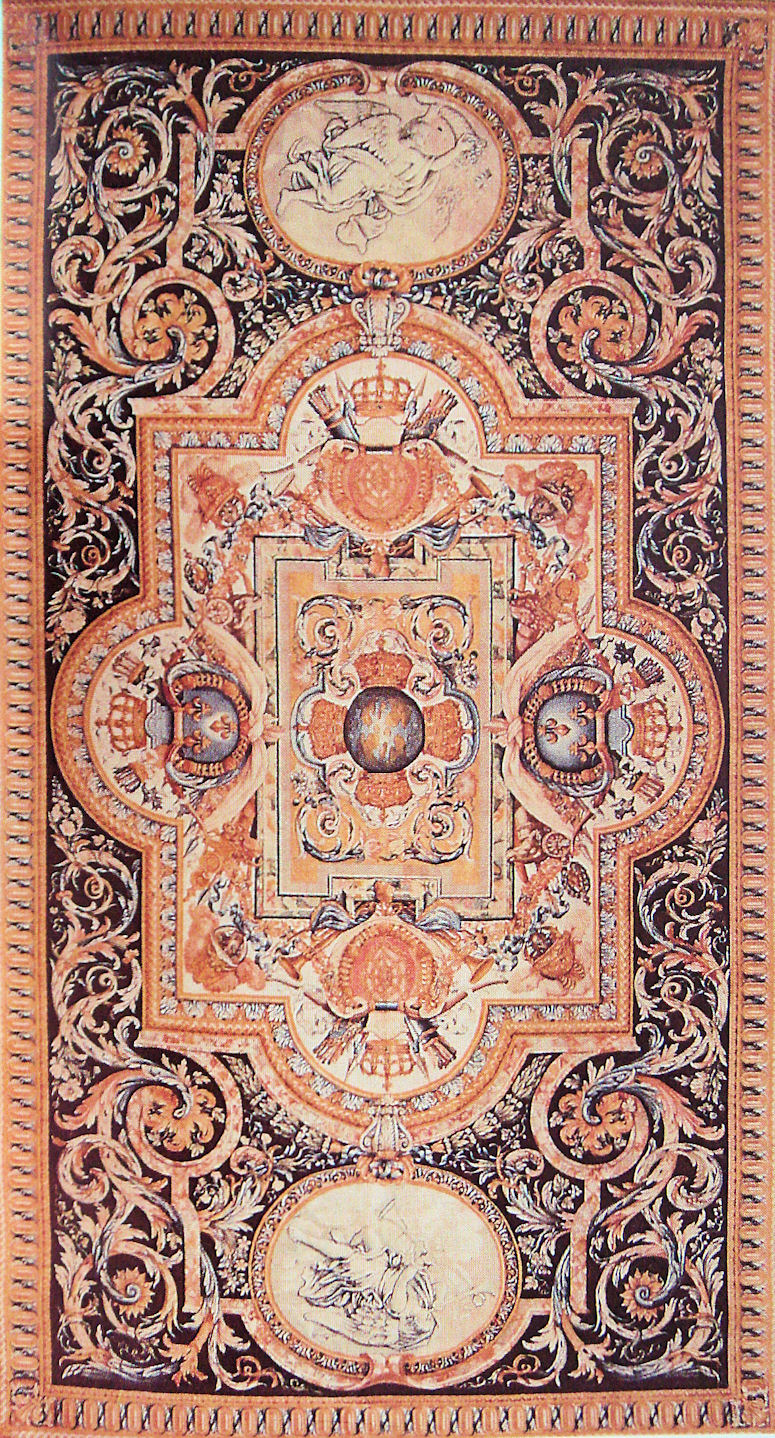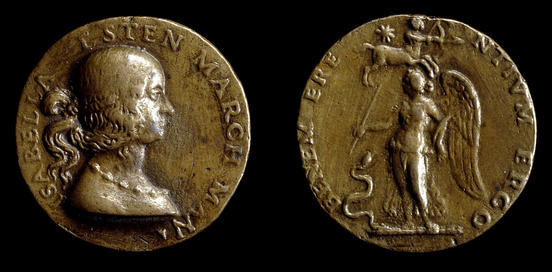|
Ushak Carpet
Uşak carpets, Ushak carpets or Oushak Carpets () are Turkish carpets that use a particular family of designs, called by convention after the city of Uşak, Turkey – one of the larger towns in Western Anatolia, which was a major center of rug production from the early days of the Ottoman Empire, into the early 20th century (although these patterns were woven in other regions also). Classification Historically Ushaks were classified as ‘Anatolian rug, Anatolian Rugs,’ Anatolian literally translating to ‘land of the rising sun.’ Today scholars know much more about Oushaks and are able to classify them as such. ‘Anatolian’ is used as a last resort when a more specific identification cannot be found; at which point ‘Anatolian’ refers to a carpet made in Turkey. The level of international popularity attained by Uşak's carpets became such that the word "Ushak" is considered an List of English words of Turkic origin, English word of Turkic origin In the Eur ... [...More Info...] [...Related Items...] OR: [Wikipedia] [Google] [Baidu] |
Savonnerie Manufactory
The Savonnerie manufactory was the most prestigious European manufactory of knotted-pile carpets, enjoying its greatest period c. 1650–1685; the cachet of its name is casually applied to many knotted-pile carpets made at other centers. The manufactory had its immediate origins in a carpet manufactory established in a former soap factory (French ''savon'') on the Quai de Chaillot downstream of Paris in 1615 by Pierre DuPont, who was returning from the Levant. Under a patent (''privilège'') of eighteen years, a monopoly was granted by Louis XIII in 1627 to DuPont and his former apprentice Simon Lourdet, makers of carpets ''façon de Turquie'' ("in the manner of Turkey"). Until 1768, the products of the manufactory remained exclusively the property of the Crown, and Savonnerie carpets were among the grandest of French diplomatic gifts.The ambassadors of Russia, Spain, Denmark, Siam and even an unauthorized "ambassador" from Persia were all presented with Savonnerie carpets (Stand ... [...More Info...] [...Related Items...] OR: [Wikipedia] [Google] [Baidu] |
David Sylvester
Anthony David Bernard Sylvester (21 September 1924 – 19 June 2001) was a British art critic and curator. Although he received no formal education in the arts, during his long career he was influential in promoting modern artists, in particular Francis Bacon, Joan Miró, and Lucian Freud. Life and career Born in London, his father was a Russian-Jewish antiques dealer. Sylvester had trouble as a student at University College School and was thrown out of the family home. He wrote for the paper ''Tribune'' and went to Paris in 1947 where he met Alberto Giacometti, one of the strongest influences on him. Sylvester is credited with coining the term '' kitchen sink'' originally to describe a strand of post-war British painting typified by John Bratby. Sylvester used the phrase negatively but it was widely applied to other art forms including literature and theatre. During the 1950s, Sylvester worked with Henry Moore, Freud and Bacon but also supported Richard Hamilton and the ot ... [...More Info...] [...Related Items...] OR: [Wikipedia] [Google] [Baidu] |
Knot Density
Knot density is a traditional quality (business), measure for quality of handmade or knotted-pile carpet, knotted pile carpets. It refers to the number of knots, or knot count, per unit of surface area - typically either per square inch (kpsi) or per square centimeter (kpsc), but also per decimeter or meter (kpsd or kpsm). Number of knots per unit area is directly proportional to the quality of carpet. Density may vary from or higher, where ≤80 kpsi is poor quality, 120 to 330 kpsi is medium to good, and ≥330 kpsi is very good quality. The multiplicative inverse, inverse, knot ratio, is also used to compare characteristics. Knot density = warp×weft while knot ratio = warp/weft. For comparison: 100,000/square meter = 1,000/square decimeter = 65/square inch = 179/''gereh''. For two carpets of the same age, origin, condition and design, the one with the higher number of knots will be the more valuable. Knot density is normally measured in knots per square inch (KPSI) which is ... [...More Info...] [...Related Items...] OR: [Wikipedia] [Google] [Baidu] |
Medal
A medal or medallion is a small portable artistic object, a thin disc, normally of metal, carrying a design, usually on both sides. They typically have a commemorative purpose of some kind, and many are presented as awards. They may be intended to be worn, suspended from clothing or jewellery in some way, although this has not always been the case. They may be struck like a coin by dies or die-cast in a mould. A medal may be awarded to a person or organisation as a form of recognition for sporting, military, scientific, cultural, academic, or various other achievements. Military awards and decorations are more precise terms for certain types of state decoration. Medals may also be created for sale to commemorate particular individuals or events, or as works of artistic expression in their own right. In the past, medals commissioned for an individual, typically with their portrait, were often used as a form of diplomatic or personal gift, with no sense of being an award ... [...More Info...] [...Related Items...] OR: [Wikipedia] [Google] [Baidu] |
Star Polygon
In geometry, a star polygon is a type of non-convex polygon. Regular star polygons have been studied in depth; while star polygons in general appear not to have been formally defined, Decagram (geometry)#Related figures, certain notable ones can arise through truncation operations on regular simple or star polygons. Branko Grünbaum identified two primary usages of this terminology by Johannes Kepler, one corresponding to the regular star polygons with List of self-intersecting polygons, intersecting edges that do not generate new vertices, and the other one to the isotoxal Concave polygon, concave simple polygons.Grünbaum & Shephard (1987). Tilings and Patterns. Section 2.5 Polygram (geometry), Polygrams include polygons like the pentagram, but also compound figures like the hexagram. One definition of a ''star polygon'', used in turtle graphics, is a polygon having ''q'' ≥ 2 Turn (geometry), turns (''q'' is called the turning number or Density (polygon), density), like in ... [...More Info...] [...Related Items...] OR: [Wikipedia] [Google] [Baidu] |
Antique Oushak Carpet From Turkey
An antique () is an item perceived as having value because of its aesthetic or historical significance, and often defined as at least 100 years old (or some other limit), although the term is often used loosely to describe any object that is old. An antique is usually an item that is collected or desirable because of its age, beauty, rarity, condition, utility, personal emotional connection and/or other unique features. It is an object that represents a previous era or time period in human history. Vintage and collectible are used to describe items that are old, but do not meet the 100-year criterion. Antiques are usually objects of the decorative arts that show some degree of craftsmanship, collectability, or an attention to design, such as a desk or an vintage car, early automobile. They are bought at antique shops, estate sales, auction houses, online auctions and other venues, or estate inherited. Antiques dealers often belong to national trade associations, many of wh ... [...More Info...] [...Related Items...] OR: [Wikipedia] [Google] [Baidu] |
Church (building)
A church, church building, church house, or chapel is a building used for Christian worship church service, services and Christian religion, Christian activities. The earliest identified Christian church is a house church founded between 233 AD and 256 AD. ''Church'' is also used to describe a Church (congregation), body or an assembly of Christian believers, while "the Church" may be used to refer to the worldwide Christian religious community as a whole. In traditional Christian architecture, the plan view of a church often forms a Christian cross with the centre aisle and seating representing the vertical beam and the Church architecture#Characteristics of the early Christian church building, bema and altar forming the horizontal. Towers or domes may inspire contemplation of the heavens. Modern churches have a variety of architectural styles and layouts. Some buildings designed for other purposes have been converted to churches, while many original church buildings have bee ... [...More Info...] [...Related Items...] OR: [Wikipedia] [Google] [Baidu] |
Cathedral
A cathedral is a church (building), church that contains the of a bishop, thus serving as the central church of a diocese, Annual conferences within Methodism, conference, or episcopate. Churches with the function of "cathedral" are usually specific to those Christian denominations with an episcopal hierarchy, such as the Catholic Church, Catholic, Eastern Orthodox Church, Eastern Orthodox, Anglicanism, Anglican, and some Lutheranism, Lutheran churches.''New Standard Encyclopedia'', 1998 by Standard Educational Corporation, Chicago, Illinois; page B-262c. Church buildings embodying the functions of a cathedral first appeared in Italy, Gaul, Spain, and North Africa in the 4th century, but cathedrals did not become universal within the Western Catholic Church until the 12th century, by which time they had developed architectural forms, institutional structures, and legal identities distinct from parish churches, monastery, monastic churches, and episcopal residences. The cathedra ... [...More Info...] [...Related Items...] OR: [Wikipedia] [Google] [Baidu] |
Oriental Carpets In Renaissance Painting
Carpets of Middle-Eastern origin, either from Anatolia, Persia, Armenia, Levant, the Mamluk state of Egypt or Northern Africa, were used as decorative features in Western European paintings from the 14th century onwards. More depictions of Oriental carpets in Renaissance painting survive than actual carpets contemporary with these paintings. Few Middle-Eastern carpets produced before the 17th century remain, though the number of these known has increased in recent decades. Therefore, comparative art-historical research has from its onset in the late 19th century relied on carpets represented in datable European paintings. Art historical background Activities of scientists and collectors beginning in the late 19th century have substantially increased the corpus of surviving Oriental carpets, allowing for more detailed comparison of existing carpets with their painted counterparts. Western comparative research resulted in an ever more detailed cultural history of the Oriental ... [...More Info...] [...Related Items...] OR: [Wikipedia] [Google] [Baidu] |
Factory
A factory, manufacturing plant or production plant is an industrial facility, often a complex consisting of several buildings filled with machinery, where workers manufacture items or operate machines which process each item into another. They are a critical part of modern economic production, with the majority of the world's goods being created or processed within factories. Factories arose with the introduction of machinery during the Industrial Revolution, when the capital and space requirements became too great for cottage industry or workshops. Early factories that contained small amounts of machinery, such as one or two spinning mules, and fewer than a dozen workers have been called "glorified workshops". Most modern factories have large warehouses or warehouse-like facilities that contain heavy equipment used for assembly line production. Large factories tend to be located with access to multiple modes of transportation, some having rail, highway and water load ... [...More Info...] [...Related Items...] OR: [Wikipedia] [Google] [Baidu] |








